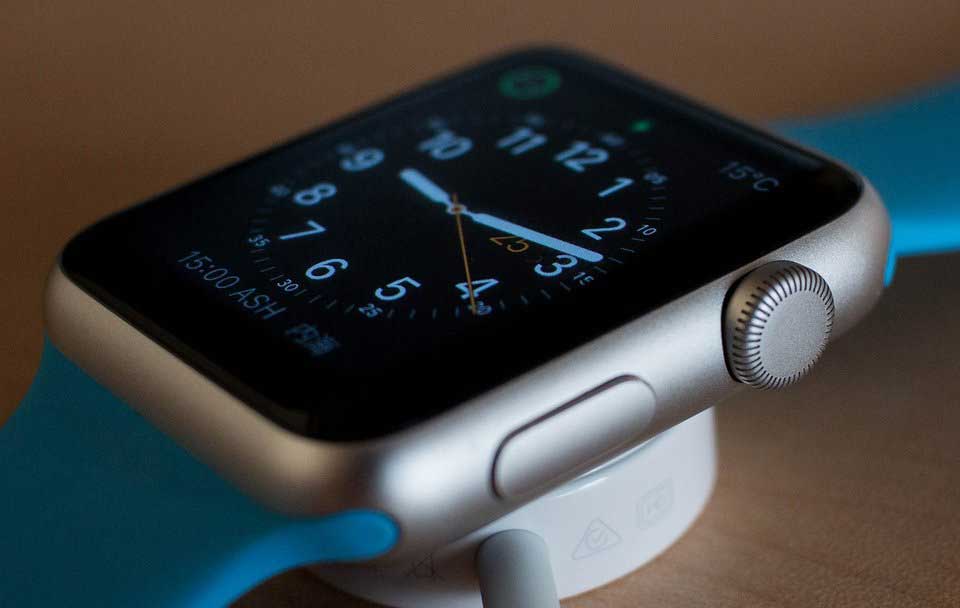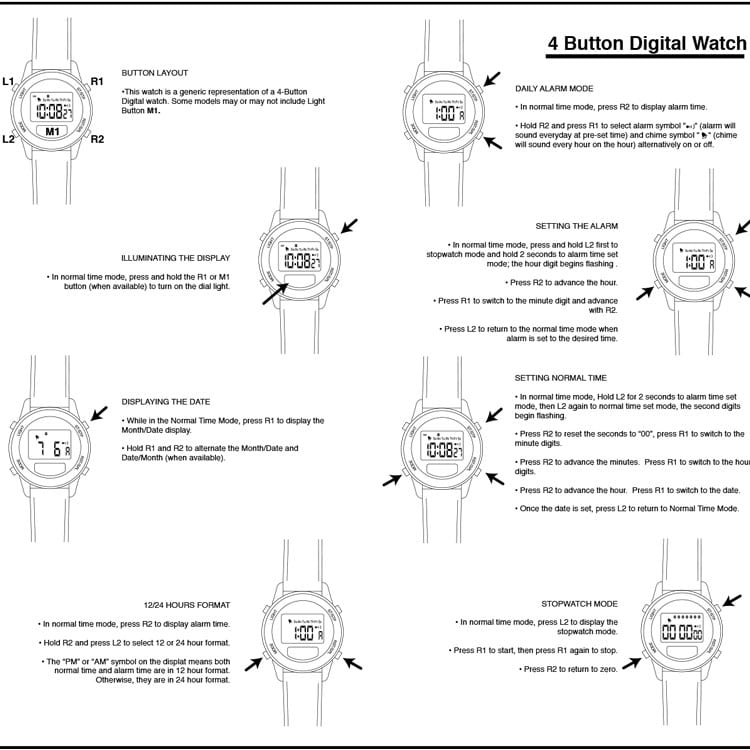Have you ever thought about what a watch is for, and how well it does its job?
If so, you probably have a better idea than most why a good watch is so difficult to design, despite the apparent simplicity involved (at least in the pre-Apple Watch world).
The Apple Watch and its impact on watch design is our excuse for a series of articles about the design and art of making watches. In it, we’ll celebrate the breath-taking craftsmanship and thought-provoking design that lie beyond the mainstream and familiar.
But to appreciate this, it’s worth reminding ourselves how the need to tell the time has evolved and transformed over time. Watchmakers have faced a series of different design challenges over the centuries that have shaped and re-shaped the fundamentals of watch design.
We think it’s a fascinating journey that ultimately stretches back millennia, and helps us understand better the context in which watch design has evolved, adapted and transformed.
THE MOST IMPORTANT DESIGN PRIORITY: UNDERSTANDING USER NEEDS
Anyone who designs for a living knows that understanding needs is critical to effective design. From houses to door-handles, shoes to necklaces, cars to games – if you don’t understand intimately what the user will do with the product, and the context in which they use it, your design is unlikely to be great.
Product needs typically fall into 3 areas, which we refer to as functionality, style and emotion. Others may use different labels (our favourite is Donald Norman’s definition in the diagram below), but the essence is sufficiently similar for our purposes:
Functionality is about what a product needs to do (in this case at least initially to know what the time is), but also the context of that need.
Style is about what you want a product to say about you to others, and is one of the most important factors for today’s watch buyers.
Emotion is linked to style, but separate – how the product makes you feel, both in use and during purchase.
Unfortunately for designers, users often don’t know what they want until they’ve seen it, or change their minds about what they think they want. Or both. This particularly applies to emotion and style. It emerges clearly if you ask people in watch shops why they’re looking for a watch, and what they need from it.
To add further complexity, an innovative design can stimulate new ways of solving a problem. This can in turn trigger new or changed needs, which may devalue or even invalidate the original design.
This pattern is sometimes confused with a different design challenge that can appear when products become feature-rich: designers getting over-excited by the potential of new features. Some seem to forget good design basics in their attempt to “innovate” using new features. This can lead to design genius, but also design madness and stupidity.
New features can also be an excuse for laziness in design – especially under strong commercial pressure. Hence the plethora of mediocre “me-too” designs in so many products, including modern watches.
These design challenges as applied to watches aren’t a modern phenomenon created by Apple, Samsung, Casio or Seiko. The impact of changing user needs alongside technical evolution and innovation on watch design is a long and complex story, with roots going back over 20,000 years.
We’ll illustrate this below, with changes in why and how we’ve needed to measure time over the centuries. Initially this was because of developments in how we lived, then from product innovation. Today it’s culminated in telling the time being a secondary or even absent feature of some watches today.
THE EVOLUTION OF NEEDS IN TIME-TELLING
The Prehistoric Need to Know Time of Day: To Survive
 In the earliest times, knowing the passage of time informed the fundamentals of life: when to eat, when to sleep, when to hunt safely, when to prepare for changing weather, when tides would rise.
In the earliest times, knowing the passage of time informed the fundamentals of life: when to eat, when to sleep, when to hunt safely, when to prepare for changing weather, when tides would rise.
Measuring time was something early humans needed to do collectively and individually, by watching the skies or nature. Over 20,000 years ago they had developed rudimentary tools of scratched lines in bones and sticks, probably to count days.
The Ancient Need For More Accurate Timekeeping: To Regulate Society
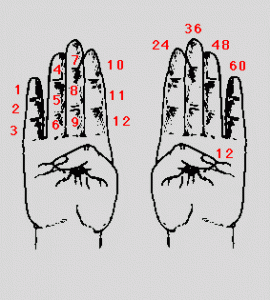 As societies grew more sophisticated, living together created a need to regulate groups and lives better. It wasn’t enough to know it was late morning, mid-afternoon or evening, and the need for a common, more detailed measure of time arose.
As societies grew more sophisticated, living together created a need to regulate groups and lives better. It wasn’t enough to know it was late morning, mid-afternoon or evening, and the need for a common, more detailed measure of time arose.
The Babylonians cracked this first, around 3,000 years ago. Incidentally, they believed that the number 12 was special – particularly in multiples of 5. This is what gave us the 60 minute, 60 second and 24 hour system we still use today.
The Colonial Need to Measure Time More Reliably: To Grow Power & Wealth
The navigators of ancient times managed timekeeping with the moon and stars, and this was enough for epic voyages that led to the spice routes and discovery of America among others.
But that wasn’t enough for the British, who were taking global commerce to previously unseen levels through dominant naval forces and shipping companies. Their need for more accurate measurement of time to cope with greater navigational challenges led to the invention of the marine chronometer around the 1700s. This could keep time in a moving ship – something previous designs such as pendulum clocks couldn’t do. This was the work of a series of inventors based around Greenwich, the maritime home of the Empire. It was key to the expansion of British colonial power.
Conserving the H3 Timekeeper from Royal Observatory Greenwich on Vimeo.
The Royal Need For Attractive Timekeeping Devices: To Display Fashion & Status
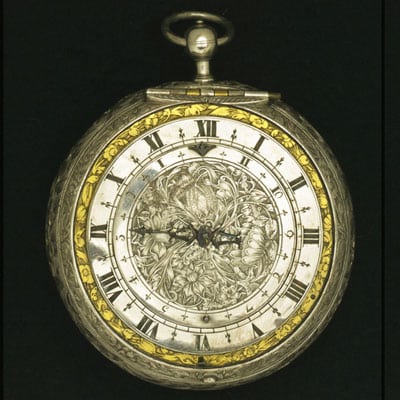 In parallel, the need for individuals to carry a personal time-keeping device started to become common. Perhaps surprisingly, the need for a personal device to measure time appears to have been driven by fashion rather than the big issues that drove society’s need for better time-keeping. With this came a very different set of non-functional needs, and so different design priorities.
In parallel, the need for individuals to carry a personal time-keeping device started to become common. Perhaps surprisingly, the need for a personal device to measure time appears to have been driven by fashion rather than the big issues that drove society’s need for better time-keeping. With this came a very different set of non-functional needs, and so different design priorities.
The introduction of waistcoats into English fashion by King Charles II (in the late 1600s) sparked a need for small, portable timepieces to hang from the waistcoat pocket on a fob. These watches became a symbol of status and wealth, as opposed to serving a functional purpose. Especially as the watches of the day weren’t particularly accurate.
In fact, the first watches had appeared in the 15th and 16th centuries, courtesy of German and Italian locksmiths. But early models were more like small clocks in size, and it wasn’t even until the 18th century that minute hands appeared on them.
But over the following century, clock-makers and locksmiths created new mechanisms using new materials, small enough to fit into watches. They also addressed the challenge of maintaining accurate time-keeping on the move. These led to innovations like the lever and jewelled movements, improving accuracy from an hour a day to a minute a day.
The American Need to Reduce Price & Increase Volumes: To Bring Personal Time-keeping to the Masses
Until the 1800s, watches were very expensive, which suited their function as a status symbol. The skills were scarce, the materials expensive – high grade metals and precious gems – and everything was hand-crafted.
There was a small foray into cheaper watches for sailors, but even these were hand-made and hand-painted, but the innovation that led to cost reduction took place in America. The boom in construction, infrastructure and nation-building meant many more people needed to reliably measure time, for example to manage the new railways. The first watch using interchangeable parts was developed there. The makers also found a way of using cheaper metal, in particular a silver alloy similar to that used in American currency.
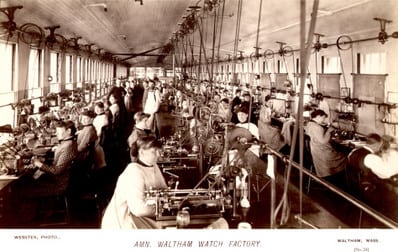 But the biggest breakthrough came when Swiss watchmaker Pierre Ingold helped develop the early technology for the “American System of Watch Manufacturing”. This had the positive effect of allowing over 50,000 American watches a year to be produced.
But the biggest breakthrough came when Swiss watchmaker Pierre Ingold helped develop the early technology for the “American System of Watch Manufacturing”. This had the positive effect of allowing over 50,000 American watches a year to be produced.
Unfortunately, it also had the less positive side-effect of driving Swiss watch makers out of the lower end of the market, forcing it upmarket to concentrate on precision and accuracy.
The Japanese Invention of Quartz & Electronic Movements: Feature-driven Design Replaces Needs-based
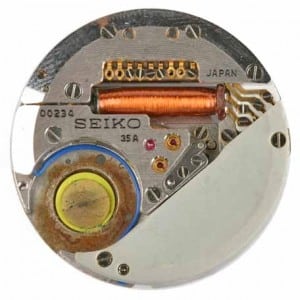
There was further evolution in time measurement technology over the 20th century, including innovations such as atomic clocks. However, the step change came with the development of solid state electronics and the application of the much earlier discovery that quartz would oscillate steadily under a small electric charge.
These together led to the quartz watch movement, a Japanese innovation that re-invented both the cost and size of watch movements. This achievement was significant enough to be recognised as an IEEE Milestone, alongside the birth of the internet and code-breaking at Bletchley Park. Unfortunately again for the Swiss watch industry, they responded poorly to this. A century after being hit hard by new American watchmakers, it had recovered to hold 50% of the world market. But after quartz, it succumbed again to new competitors from the East and shrank once more.
Digital Watchfaces: Meeting New Needs Beyond Measuring Time
The changes spurred by quartz movements were accelerated dramatically by the introduction of digital displays, which soon became low cost commodity components. In the same way that calculators became so cheap they were given away free with petrol, digital watches became so cheap that they were almost disposable.
The response of the industry was to use the electronics to cram as much new functionality into the watch as they could think of, from all sorts of stopwatch features to multiple timezones and alarms. But with only 4 or so buttons to play with, usability fell by the wayside, and many will shudder at memories of complex sequences of button presses for even basic tasks.
With more technology developments came new features, such as measuring air pressure, altitude and with GPS, location. For example, Breitling released a watch with an emergency locator transmitter, so that in the event of an avalanche or accident, rescue services could find the wearer.
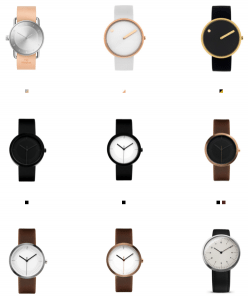
As with so many other aspects of craftsmanship, the 80s and 90s were a period when traditional watchmaking was considered passé by many, and popularity waned. A few masters of the craft survived, some by adopting modern ways, others by becoming more exclusive, charging much more for their work.
But in recent years the old ways have become more appreciated, and watches powered by mechanical movements are valued again by many.
Simplicity of design is also in vogue, and has been for quite some time. Popular design magazine Dezeen runs an online watch store which it describes as the “world’s first design-led watch store”. The overwhelming sense of its catalogue is of classic, elegant simplicity.
An Obsolete Need? Ubiquitous Time Measurement
Depending on the situation, if you ask someone to tell you the time today, there’s a good chance they will look at their mobile phone, computer/tablet, TV or car dashboard. And that includes people wearing watches.
Not only that, but in the post-Apple Watch world, if someone looks to the device on their wrist, it’s very possible they’re not interested in the time, but checking email, answering the phone, deciding which way to turn or seeing how many calories they’ve burned.
The Apple Watch brings us to today’s cutting edge of watch design and helps us prepare for a new tomorrow of wrist-worn devices.
Wearable Devices & The Apple Effect: Creating a Need We Didn’t Know We Had
As with so many Apple products, it has challenged our perceptions of something we thought we understood. While it certainly tells the time, it also meets a need we didn’t realise we had – more convenient access to our smartphone, and everything we use it for.
It’s triggered a new set of consumer expectations, with corresponding new products and suppliers. Many like Pebble have been working on similar products for years, others like Samsung and Sony come across as reacting to Apple. But it’s taken Apple’s magic dust to turn a geeky, niche product into a potential everyday item acceptable to the mass market.
It’s a similar story to the tablet. Many others had tried persuading the public to adopt touchscreen computing, but none succeeded commercially. And if you’d tried to sell most people a low-powered computer without a keyboard, they would have said they didn’t need one. And yet in a few years, the iPad has become a must-have device for many, along with Android and Windows equivalents.
What we’ve found interesting from a design perspective, is that Apple is trying to redefine for us what a watch is for. In effect, a new set of rules are being written by them on what makes a good watch, or even what makes a watch at all.
WHAT DOES WATCH DESIGN MEAN TODAY? WHATEVER THE ANSWER, IT’S NOT SIMPLE
We seem to have reached a point where a watch is no longer necessarily about telling the time, and vice versa.
Today’s consumers are getting used to the idea that the device on their wrist is an extension of their digital and mobile lifestyle. They are also learning to manage life in a globalised world of Skyping across timezones, time poverty and information overload. This is the context in which a device to tell the time needs to exist.
So anyone brave enough to venture into watch design today can’t make many safe assumptions about customer needs or expectations.
Whatever your views and preferences, it’s without doubt an exciting time for watch design!
Look out for the next article, when we showcase some of most interesting watches we’ve seen available today.


